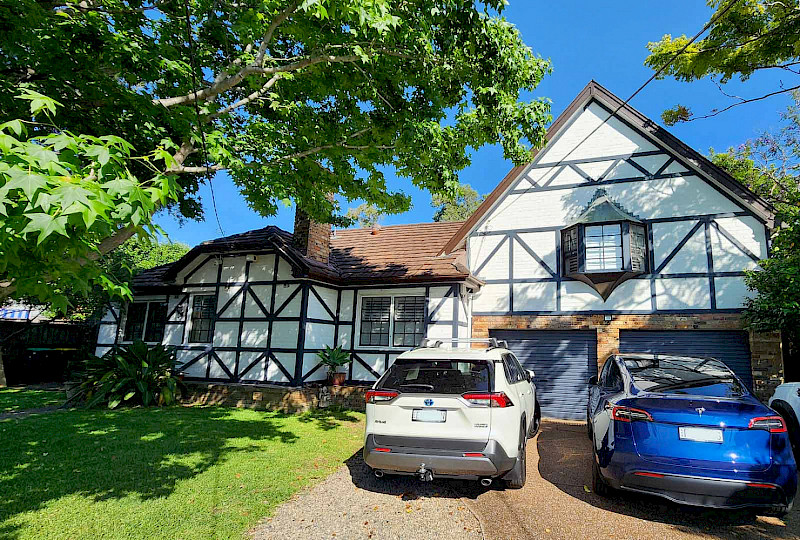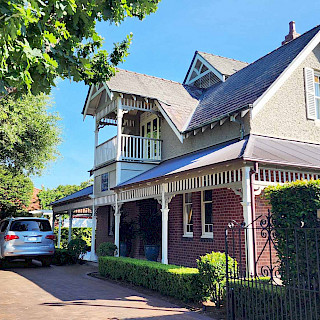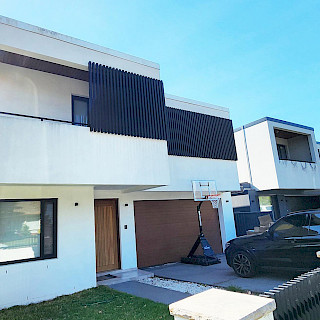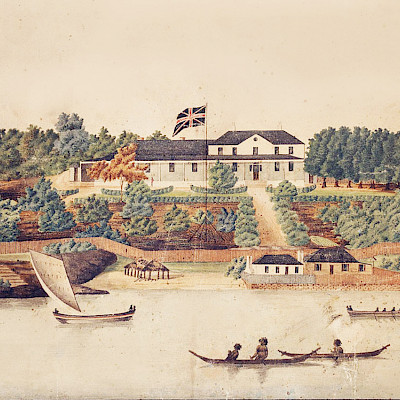“Falling from the shoulders, the false classical shawl turned to stone,” Mandelstam once wrote about Anna Akhmatova. This expression came to mind when I was walking my springer spaniel in the morning along the neighboring streets of our area.
In one of the quiet lanes facing Blaxland Rd, there is an old house that resembles medieval buildings in Germany – Fachwerk houses. These are houses whose walls were based on a wooden frame, the empty spaces of which were filled with clay.
Our Australian “Fachwerk” was built of brick, and wooden planks were nailed on top to create the appearance of Fachwerk houses. Most likely, this building was built for himself by an emigrant from Germany or Holland, to remind himself of dear childhood pictures.
Similar buildings in central and northern Europe began to be built as early as the 10th and 11th centuries, when trees and clay were abundant, but there were difficulties with acquiring bricks. At least financially, it is known that the Colosseum was built of bricks 2000 years ago! Half-timbered houses got their name from the German Fachwerk, which includes two words - a box and work. Some called such construction "Prussian wall".
They spread in the 16th century, and the buildings reached a sophistication of style, they were no longer poor relatives of brick buildings. These multi-story houses were decorated with wooden carved panels.
And I noticed two more types of houses on this small street. Already of different styles. They were built by wealthy people, but at different times. And if the first of them, built more than 100 years ago, evokes a feeling of meeting with the beautiful, then the second, modern, does not evoke any special feelings, although you understand that inside, apparently, everything is clean and spacious. However, these are my thoughts, maybe people perceive it differently?
Vladimir KOUZMIN



















